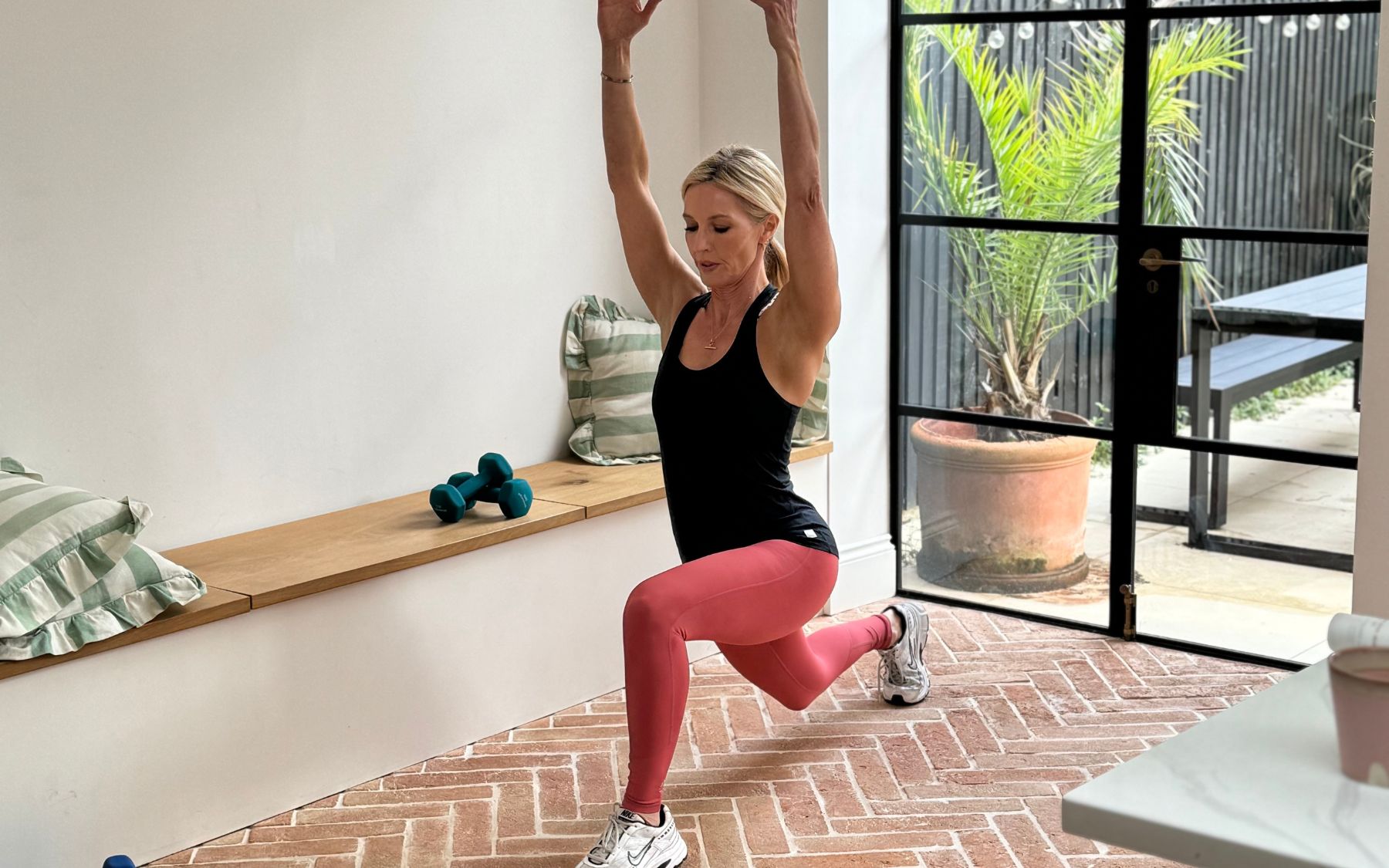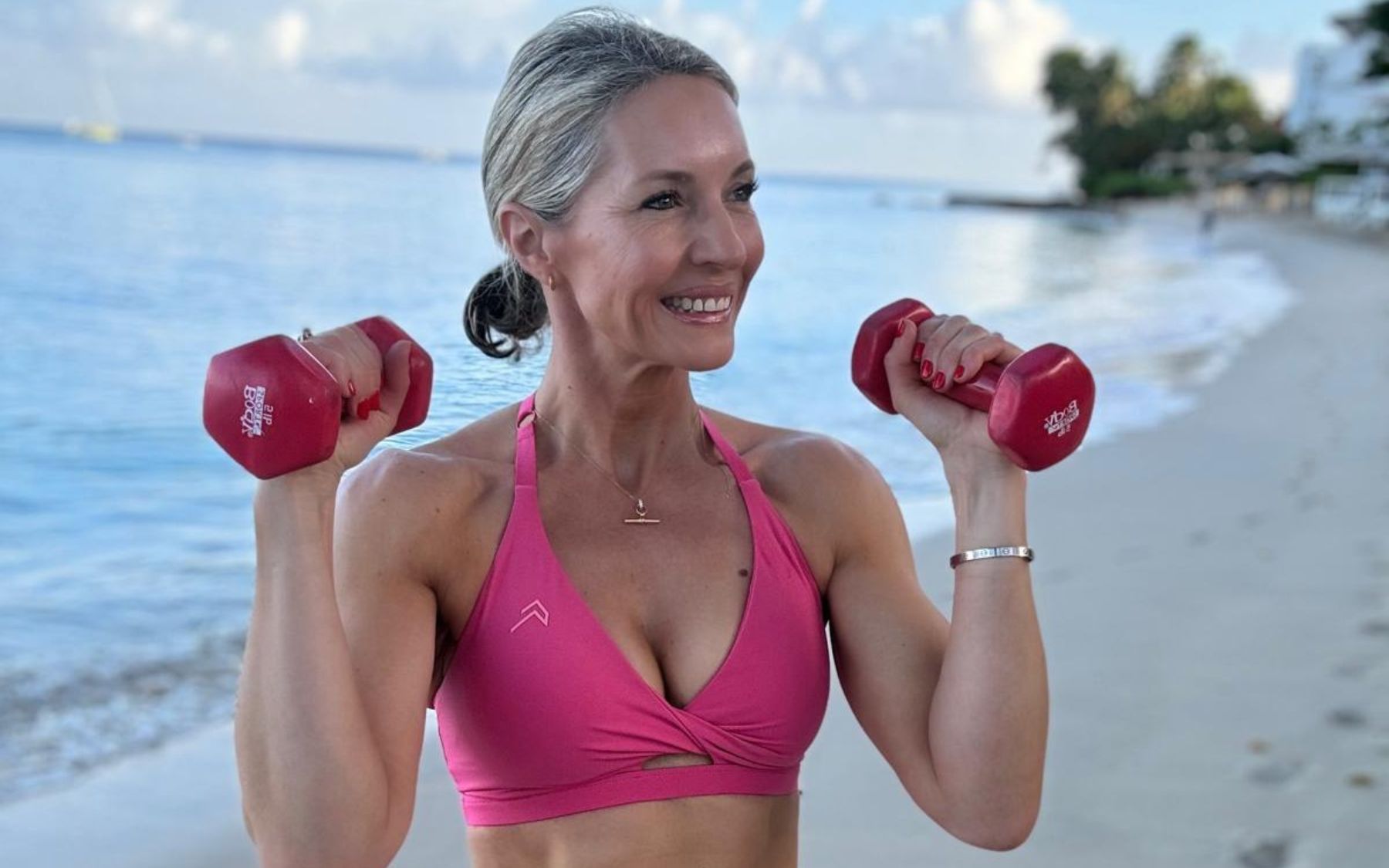Aging is a journey, and for women, it’s a process that brings both challenges and incredible opportunities for growth - especially when it comes to fitness. As women enter menopause and beyond, there’s a shift towards embracing strength and mobility especially. Gone are the days when aging was viewed solely as a time to slow down. Today, many women are recognising the importance of staying active and building strength - not just to look good, but to feel strong, empowered and independent throughout life.
The key to thriving at every age is maintaining an active lifestyle that supports physical health, mental well-being and functional independence.
In Your 20s and 30s: Building a Strong Foundation
In your 20s and 30s, your body is still at its peak in terms of muscle mass and bone density, but this is the perfect time to lay the groundwork for lifelong strength and mobility. Many women focus on aesthetics - toning muscles, losing weight or improving cardiovascular health - but this period is also crucial for developing habits that will carry you through the rest of your life.
Fitness Strategies for Your 20s and 30s:
- Strength Training: Early strength training helps build muscle mass, which peaks in your 20s and 30s. Lifting weights or engaging in resistance exercises not only tones the body but also supports bone density, which becomes increasingly important as you age. Start incorporating compound exercises like squats, lunges and deadlifts to strengthen large muscle groups. You will also build muscle memory for these movements making them easier as you get older - a bit like riding a bike!
- Cardio for Heart Health: While strength training is key, don't overlook cardiovascular exercise. Whether it’s running, cycling, swimming or hiking, cardio improves heart health, boosts energy levels and supports overall fitness. Plus, it’s great for managing stress.
- Flexibility and Mobility: Don’t wait until you start feeling stiff to incorporate flexibility exercises like yoga, Pilates or dynamic stretching. Staying flexible helps you maintain range of motion in your joints, which becomes increasingly important as you age. So why not start as you mean to go on!
- Listen to Your Body: Your 20s and 30s are an exciting time when you may feel invincible, but it’s important to practice good recovery. Avoid overtraining, get enough sleep and maintain proper nutrition to fuel your workouts and prevent injury.
In Your 40s: Navigating Hormonal Shifts and Muscle Maintenance
As women enter their 40s, hormonal changes begin to have a more significant impact on metabolism, muscle mass and energy levels. While some women may begin to notice the first signs of perimenopause - such as changes in sleep patterns, mood swings or shifts in weight distribution - this decade also offers an opportunity to adjust your fitness routine to match your changing body.
Fitness Strategies for Your 40s:
- Strength Training with Emphasis on Functional Movement: By now, you may begin to notice a decrease in muscle mass, especially if you’ve neglected strength training in the past. To combat this, prioritise resistance training 2-3 times per week, focusing on exercises that mimic daily activities. Think functional movements like squats, push-ups, and step-ups, which help maintain mobility, balance and coordination.
- Address Joint Health: Joint health becomes a more significant concern as you age, particularly for women, who may experience a decrease in cartilage. To keep your joints healthy, try low-impact strength and cardio exercises such as swimming, cycling and weighted workouts.
- Prioritise Core and Posture: As hormonal changes begin to affect bone density and muscle tone, focusing on core strength and posture becomes even more critical. Strong core muscles support the spine and protect against injury, helping to improve balance and stability. Core-focused workouts like planks or leg raises are excellent choices.
- Mind Your Nutrition: With age comes a slower metabolism, so it’s important to focus on nutrient-dense foods that support muscle maintenance and hormonal balance. Protein, in particular, is essential for preserving lean muscle mass, so be sure to include lean meats, beans, nuts and other protein-rich foods in your diet.
In Your 50s: Managing Menopause and Staying Strong
When women enter their 50s, menopause becomes a central life stage for many. This marks a time of significant hormonal shifts, including a drop in oestrogen and progesterone. These changes can lead to weight gain, muscle loss and a decrease in bone density, which can affect overall mobility. However, menopause also offers the opportunity to embrace a different kind of fitness - one that supports not only physical strength but also emotional resilience.
Fitness Strategies for Your 50s:
- Strength Training to Combat Muscle Loss: As women approach menopause, they experience an accelerated rate of muscle loss, which can affect metabolism and functional strength. Resistance training—using free weights, resistance bands, or machines—remains crucial in maintaining and rebuilding muscle mass. Focus on full-body workouts that include exercises like deadlifts, rows, squats and overhead presses.
- Bone Health is Key: Osteoporosis becomes a major concern as oestrogen levels decline. To counteract this, include weight-bearing activities (such as walking, jogging or hiking) along with strength training to maintain bone density. Additionally, incorporate balance exercises to reduce the risk of falls.
- Focus on Flexibility and Mobility: Joint pain or stiffness may become more common, so maintaining flexibility and mobility is essential. Yoga and stretching routines can help you stay limber and maintain a good range of motion in your joints.
- Mind-Body Connection: Exercise during menopause can also serve as a tool for managing mood swings, anxiety and sleep disturbances. Strengthening the mind-body connection promotes emotional well-being during this transitional period.
In Your 60s and Beyond: Embracing Strength and Mobility with Purpose
In your 60s and beyond, it’s all about preserving strength and mobility, maintaining bone health, and enjoying a fulfilling, active lifestyle. While the body naturally becomes less resilient to intense physical challenges, it’s still entirely possible to maintain a strong, functional body that supports your everyday activities be it HIIT workouts, running, walking, gardening, or playing with grandchildren.
Fitness Strategies for Your 60s and Beyond:
- Focus on Functional Strength: The ability to move with ease and perform everyday tasks with confidence is vital. Focus on functional fitness exercises, which are designed to improve strength and mobility for daily activities. Exercises like squats, lunges, step-ups, and carrying weights (like grocery bags) can help keep your body strong and agile.
- Mobility is Vital: As joints stiffen with age, maintaining flexibility and joint mobility becomes increasingly important. Gentle stretching and yoga can help promote mobility without stressing the body. These activities are excellent for reducing the risk of falls, maintaining balance and preventing stiffness.
- Low-Impact Cardio: Engage in low-impact cardiovascular exercise to keep your heart healthy. Walking, swimming or cycling are all great options to stay active, improve coordination, and increase circulation.
- Social Fitness: If you're looking for extra motivation, try joining a group class or finding an exercise buddy. Social engagement during exercise not only enhances the physical benefits but also boosts emotional well-being. Exercise becomes a way to connect with others and create a sense of community.
Final Thoughts: Age is Just a Number
The key to maintaining strength and mobility as a woman ages is embracing fitness as a lifelong commitment. By adjusting your approach to exercise at every life stage—from building a strong foundation in your 20s to adapting your routine in your 60s and beyond—you can continue to thrive and enjoy all the benefits an active lifestyle has to offer. Fitness is not about looking a certain way—it’s about feeling strong, empowered, and ready to take on life’s challenges at any age.
No matter your age, remember: strength is something you build, and with every workout, you’re not just fighting aging—you’re celebrating the power of your body and the strength you’ve built. Remember it is never too late to start, you can start exercising at any age and also prevention is better than cure.
As always, any questions please do get in touch.
Caroline x







